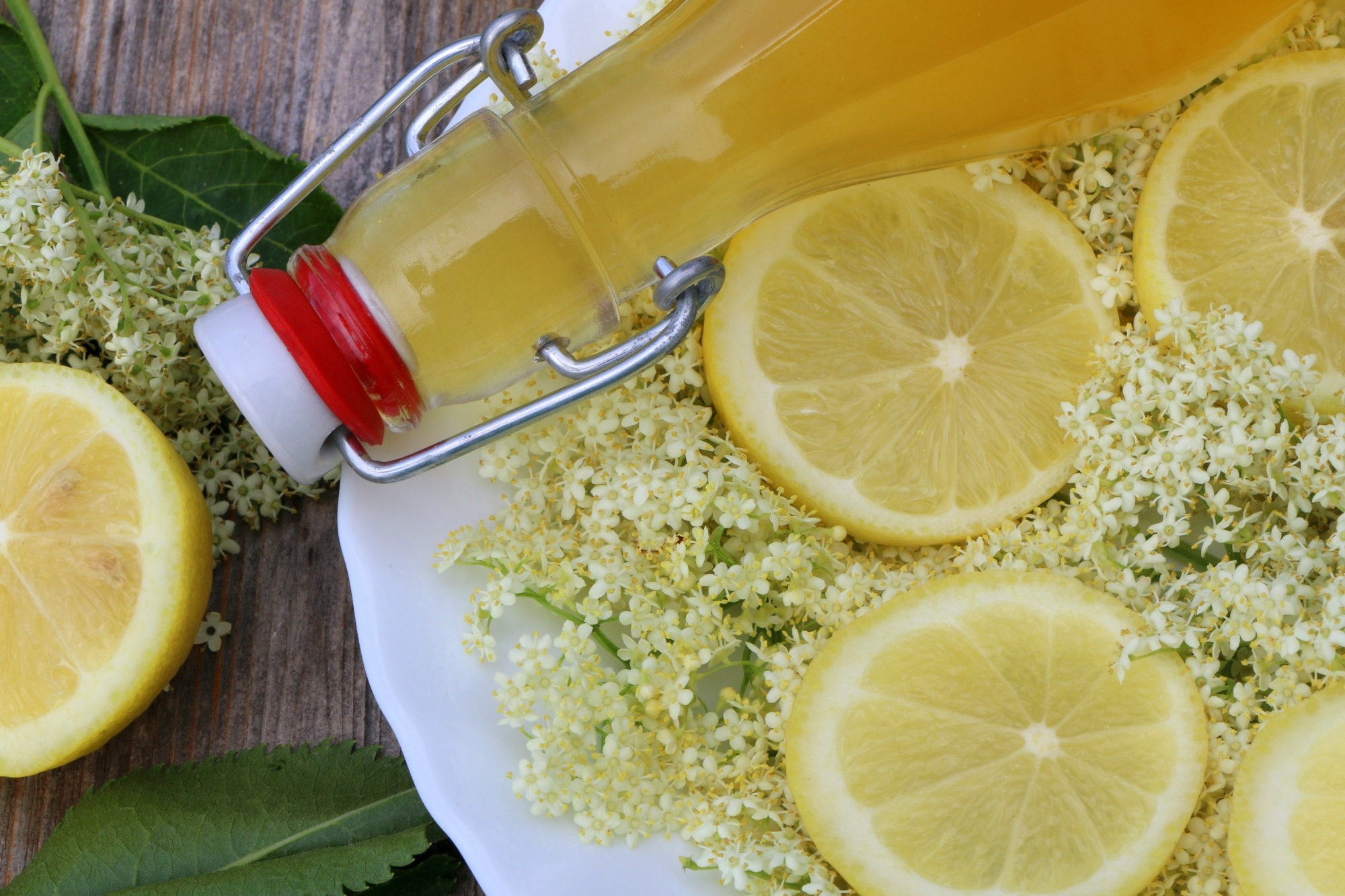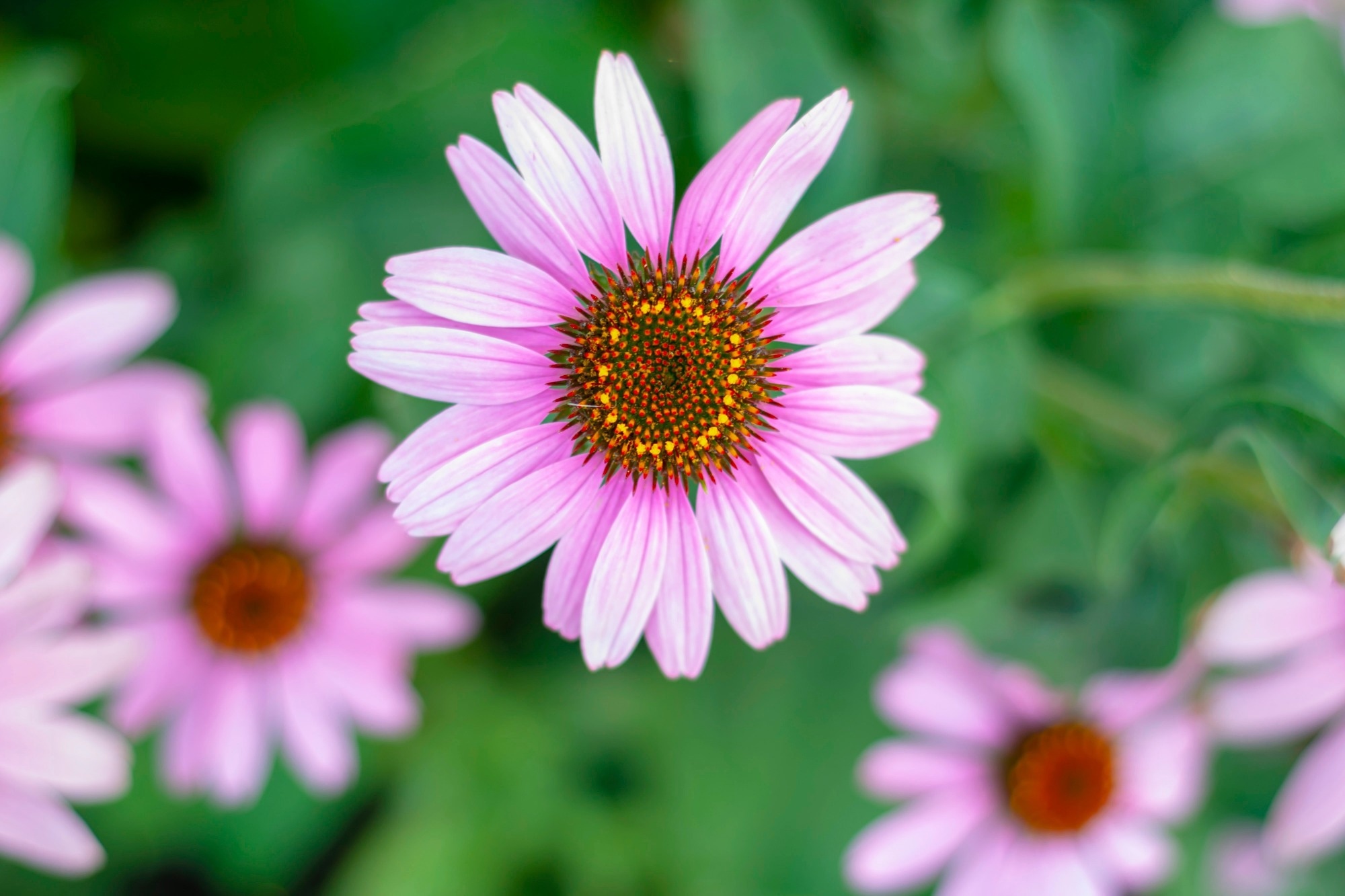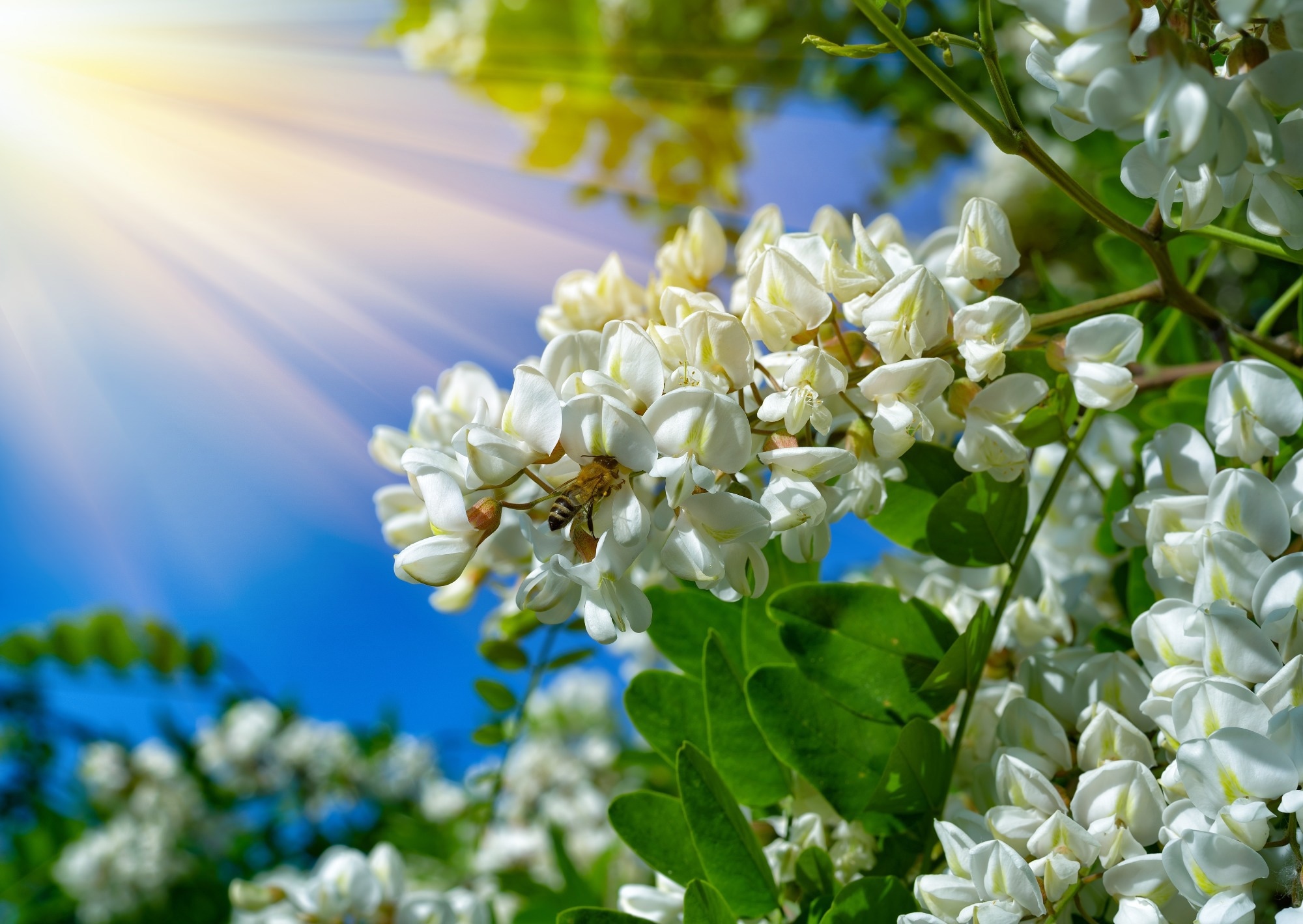Do people eat flowers? Yes, many of them. Experts say that the Greeks, Romans, and French during the Middle Ages and the English during the Victorian era included edible flowers in their cuisine, either as appetizers or to enhance the flavor of the dish.
A new review looks at multiple edible flowers used in some countries around the Mediterranean Sea, their inclusion in various traditional forms of food and medicine, their health impact, and their commercial potential.
 Study: Edible Flowers Used in Some Countries of the Mediterranean Basin: An Ethnobotanical Overview. Image Credit: fotofantasia / Shutterstock
Study: Edible Flowers Used in Some Countries of the Mediterranean Basin: An Ethnobotanical Overview. Image Credit: fotofantasia / Shutterstock
Introduction
Flowers have been used as food in diverse cultures over the ages. Examples include saffron, part of the flowers of Crocus sativus, vino violatum or rosatum, referring to Italian violet and rose wines, respectively, and salads of marigold flowers or dandelions.
As a garnish, flowers not only enhance the look of food but also add specific scents and flavors. Consequently, they are used in cakes, drinks, liqueurs, and teas. Due to their nectar, fresh flowers are sometimes used as sweet snacks in certain regions.
Flowers are also known to contain antioxidants and antimicrobial compounds in terms of their pigments, which may impact human health positively. This motivated the current review on edible flowers, published in the MDPI journal Plants, which examines this food type's safety and nutritional aspects. The aim is to preserve traditional knowledge about plants in the Mediterranean region – an ethnobotanical study.
What did the study show?
The current review includes data on over 250 types of plants, falling into 45 families, making up about 140 genera. The most significant number, about one in five, come from Asteraceae, followed closely by Lamiaceae and Fabaceae. Among the former, Viola is the most abundantly represented genus, with 12 species.
 The group of flowers of Echinacea belongs to the family of Asteraceae or Compound flowers. Image Credit: Kyliki / Shutterstock
The group of flowers of Echinacea belongs to the family of Asteraceae or Compound flowers. Image Credit: Kyliki / Shutterstock
The most cited plant was, however, from Caprifoliaceae, being Sambucus nigra L., the elderberry flower. This was used in an assortment of ways: "Fried as a sweet, omelette, pancake, juice, seasoning, jam, jellies, beverages, vinegar aromatizer," according to papers from five countries. It is native to Europe but can now be found in East Asia, North America, New Zealand, and southern Australia.
The elderberry seeds are scattered by birds and grow along the edges of roads, railway lines, fences, and forest borders. They bear large clumps of intensely scented white flowers from June to August. These are rich in plant phenols, and their use in nutraceuticals and food supplements is coming into vogue.
Elderflowers are now said to fight cardiovascular and inflammatory disease, stimulate the immune system while counteracting inflammation, and prevent atherosclerosis. They have traditionally been used to treat airway disease, colds, and bellyaches, as well as to fight fevers and inflammation and a host of other uses. They are also applied topically to treat conjunctivitis, burns and wounds, and joint pains.
Other interesting edible flowers include the false acacia (black locust), originally from N. America but now considered highly invasive in some parts of the world. It currently grows in Europe, Southern Africa, and Asia. Its flowers are rich in polyphenols with antioxidant and tumor-fighting properties and have been used to treat flu, induce calmness, or enhance general health.
 False acacia (black locust). Image Credit: Artur Synenko / Shutterstock
False acacia (black locust). Image Credit: Artur Synenko / Shutterstock
Neuroscience eBook

Borage is also widely used in many ways that elderberry is used, though not to make wines or liqueurs. Containing terpenes, aldehydes, and many fatty acids, they could help fight inflammation and bacterial infection, as well as preserve food and cosmetic items. It is traditionally used in Spain and Italy for colds, airway inflammation, sore throat, and to increase the flow of urine, as well as for joint pain and stomach irritation.
Dandelions are found all over the world except the southern Ice Continent. They are used for airway and urogenital disease and applied to wounds. They are also used in salads, jams, tea, risotto, and fritters.
 Dandelion flowers. Image Credit: tinnko / Shutterstock
Dandelion flowers. Image Credit: tinnko / Shutterstock
Dandelion flowers contain multiple phytochemicals, including luteolin and its 7-glucoside, with antioxidant and cytotoxic properties.
Clover, both red and white, are also important edible flowers grown as forage or growing wild. They contain luteolin, kaempferol (red clover), rutin, and quercetin (white clover). These are used to treat stomach disease, coughs, and menopause-related illnesses. Pot marigolds are used for various ailments and skin conditions because of their anti-inflammatory, antimicrobial, and wound-healing properties. However, according to observed pharmacological properties, they can also reduce blood sugar and lipid levels.
The scientists also cover pansies, both English and wild; corn poppies; and large-leaved linden flowers. These are used in various conditions, in the form of teas, liqueurs, condiments, salads, with eggs or vegetables, patties, or sorbets. These contain compounds like anthocyanidins, flavonoids, alkaloids, vitamins, and essential oils. These confer antimicrobial, antidepressant, wound healing, hypoglycemic, hypolipidemic antioxidant, and cytotoxic properties on the various flowers.
What are the conclusions?
This interesting study reveals the potential of edible flowers to promote health and prevent disease in many ways. For example, they may help scavenge or prevent the release of free radicals, which underlie many degenerative conditions like cardiovascular and neurodegenerative diseases, including Parkinson's and Alzheimer's. Furthermore, following their traditional dietary use at naturally low concentrations, the phytochemicals found in them exert a protective effect, accounting for the benefits associated with nutraceuticals.
Edible flowers could also be used to produce a range of therapies for skin rejuvenation, stimulating immunity in older people, and preventing or mitigating neurodegeneration.
Some flowers can be toxic, and thus further studies should aim to understand, identify and recommend useful edible flowers while accounting for those that could be polluted, contain high pesticide content, or be contaminated by microbes. Apart from these uses, their use in traditional foods could help boost the economic potential for farmers in some at-risk agricultural localities, providing a way out for endangered farmers to continue to live and farm there. "The potential of edible flowers should be further explored for the possible economic opportunities that could be generated for local gatherers and communities."
- Motti, R. et al. (2022). Edible flowers used in some countries of the Mediterranean basin: an ethnobotanical overview. Plants. https://doi.org/10.3390/plants11233272. https://www.mdpi.com/2223-7747/11/23/3272
Posted in: Medical Research News | Medical Condition News | Disease/Infection News
Tags: Airway Inflammation, Aldehydes, Antidepressant, Anti-Inflammatory, Antioxidant, Atherosclerosis, Blood, Blood Sugar, Compound, Conjunctivitis, Echinacea, Elderberry, Fatty Acids, Flu, Food, Free Radicals, Hypoglycemic, Immune System, immunity, Inflammation, Inflammatory Disease, Joint Pain, Medicine, Menopause, Neurodegeneration, Neurodegenerative Diseases, Pain, Pesticide, Quercetin, Saffron, Skin, Sore Throat, Stomach, Supplements, Tea, Terpenes, Throat, Tumor, Vegetables, Vitamins, Wound, Wound Healing

Written by
Dr. Liji Thomas
Dr. Liji Thomas is an OB-GYN, who graduated from the Government Medical College, University of Calicut, Kerala, in 2001. Liji practiced as a full-time consultant in obstetrics/gynecology in a private hospital for a few years following her graduation. She has counseled hundreds of patients facing issues from pregnancy-related problems and infertility, and has been in charge of over 2,000 deliveries, striving always to achieve a normal delivery rather than operative.
Source: Read Full Article
